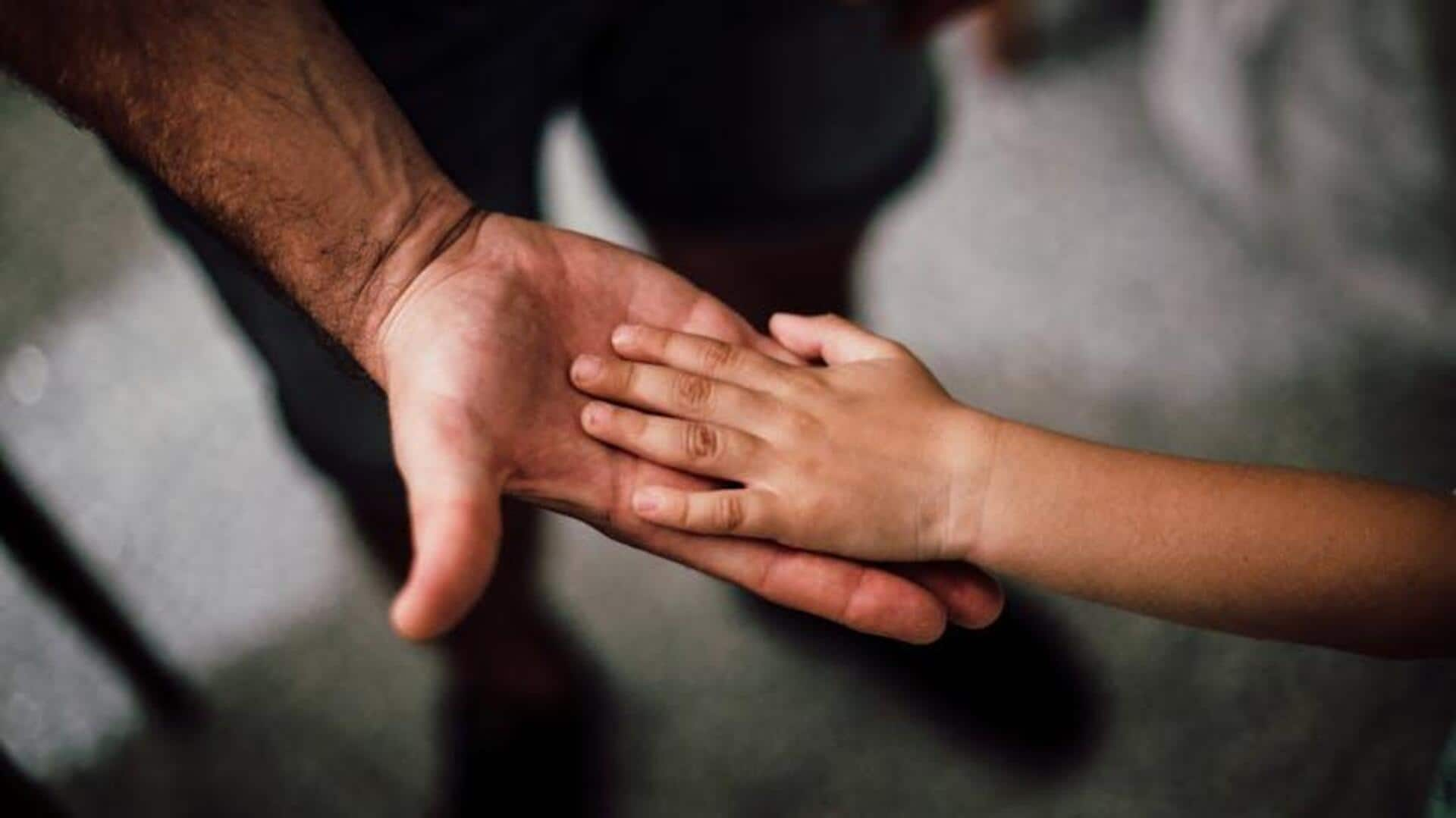There’s a saying among parents that you don’t get a true, proper night’s sleep until your last child moves out of home. Always worrying, always wondering.
My daughter has always been a patchy sleeper. Given my own sleep habits—early riser, over-thinker—it was almost inevitable. My mother calls it the universe’s revenge for what I put her through.
I gave birth to my daughter in the bleakest of winters, during the longest COVID-19 lockdown in the world. For more than 1,200 days, sleep—hers, mine, getting it, protecting it, prolonging it—has dogged my thoughts and drained my reserves.
I often look at a cute photo of us napping together, taken by her father when she was one month old. What to some looks so natural has always looked like failure to me, for I, too, pledged before having kids to never become one of those parents who let their baby in bed with them.
Yet about two months ago, coinciding with my husband and me tag-teaming on some work travel, my daughter started coming to our bed in the middle of the night.
Surely, I thought, once the family was reunited, her sleep would return to normal. But it didn’t. Night after night, she would pad to our room in the darkness, water bottle and teddy in hand, to take up residence on three-quarters of my pillow.
At first, we did what we’d always done in this situation: the lonely dance of returning and resettling her to her own bed. But by the two-week mark, I was a nervous wreck.
Sleep-deprived and on edge, I’d even come to dread my own bedtime, fretting over when, not if, I’d be woken. I sleep-walked through work in a foggy, jet-lag-like haze. I cancelled plans with friends; my mental health nosedived. Something had to change.
It was around that time I heard about the self-help author and podcaster Mel Robbins, who coined the popular “Let Them” theory—a mindset tool that teaches us to stop wasting time and energy on things we can’t control.
I asked my husband, what if, instead of resisting our daughter’s desire to sleep with us and driving ourselves mad, we set new boundaries? What if, just for a while, we welcomed her into our bed?
Of course, arriving at this decision wasn’t quick or stress-free. Mention co-sleeping in the presence of three parents, and you will likely get five opinions. It’s a bit controversial, and one of the top “I will nevers” said by prospective parents (see also: dummies, screen time, and sugar).
But why, I started wondering, when history and numerous cultures have shown us that co-sleeping is considered normal? And more, when done safely within SIDS guidelines with babies and children older than 12 months, it can be a sleep and life saver.
Jazz Kostov, a Melbourne-based midwife and author of *Let’s Sleep: The First Year*, says:
“We need to remove the guilt around [co-sleeping] and acknowledge how normal it actually is.” Amen.
Other sleep experts, too, are gradually coming on board.
Professor Sarah Blunden, a clinical psychologist who researches children’s sleep, says there is growing scientific evidence around the lack of harm caused by co-sleeping (and even some benefits), but social attitudes have been slower to catch up.
Woolcock Institute of Medical Research paediatric and adolescent sleep physician Dr Chris Seton prefers the term bed sharing and says co-sleeping is unfairly stigmatised.
He says families need to consider both the positives—co-sleeping is nurturing, bonding, warm, and cute—and the negatives: it’s hard to reverse (Seton says the most common age of children who co-sleep is nine), it can be disruptive, and kids can move around a lot.
But, he says, by no means do the negatives outweigh the positives.
In trying to reframe my feelings about my daughter’s sleep, I proposed some rules:
1. Our daughter always goes to bed in her room.
2. If she comes in quietly, with minimal fuss, she can stay in our bed as long as she likes.
3. If she comes in wound up or distressed, other than from sickness, we take turns putting her back to her bed.
Some people have told me I am asking for trouble or creating a rod for my own back (Seton says there is no truth to the claim that co-sleeping creates weak or wimpy kids).
But as I find more confidence in divulging my secret to fellow mums and friends, I am more often being met with sympathy—and even similar experiences.
At a recent children’s birthday party, I met a lady who asked if my daughter slept through the night. I confessed that sometimes she ended up in our bed.
“Me too,” the mother whispered, reinforcing many experts’ belief that co-sleeping is more widespread than we may believe.
As the weeks roll by, I feel like less of a failure.
As my daughter—funny, independent, mature beyond her years—grows, it’s unlikely she will want to sleep with me forever. But where I once reacted with dread and feelings of inadequacy, I now welcome her with space on my pillow and a cuddle.
For as another favourite parenting saying goes, *this too shall pass.*
—
Get the best of *Sunday Life* magazine delivered to your inbox every Sunday morning. [Sign up here](#) for our free newsletter.
https://www.brisbanetimes.com.au/lifestyle/life-and-relationships/this-photo-with-my-baby-used-to-scream-failure-now-i-am-viewing-it-differently-20250901-p5mren.html?ref=rss&utm_medium=rss&utm_source=rss_feed
